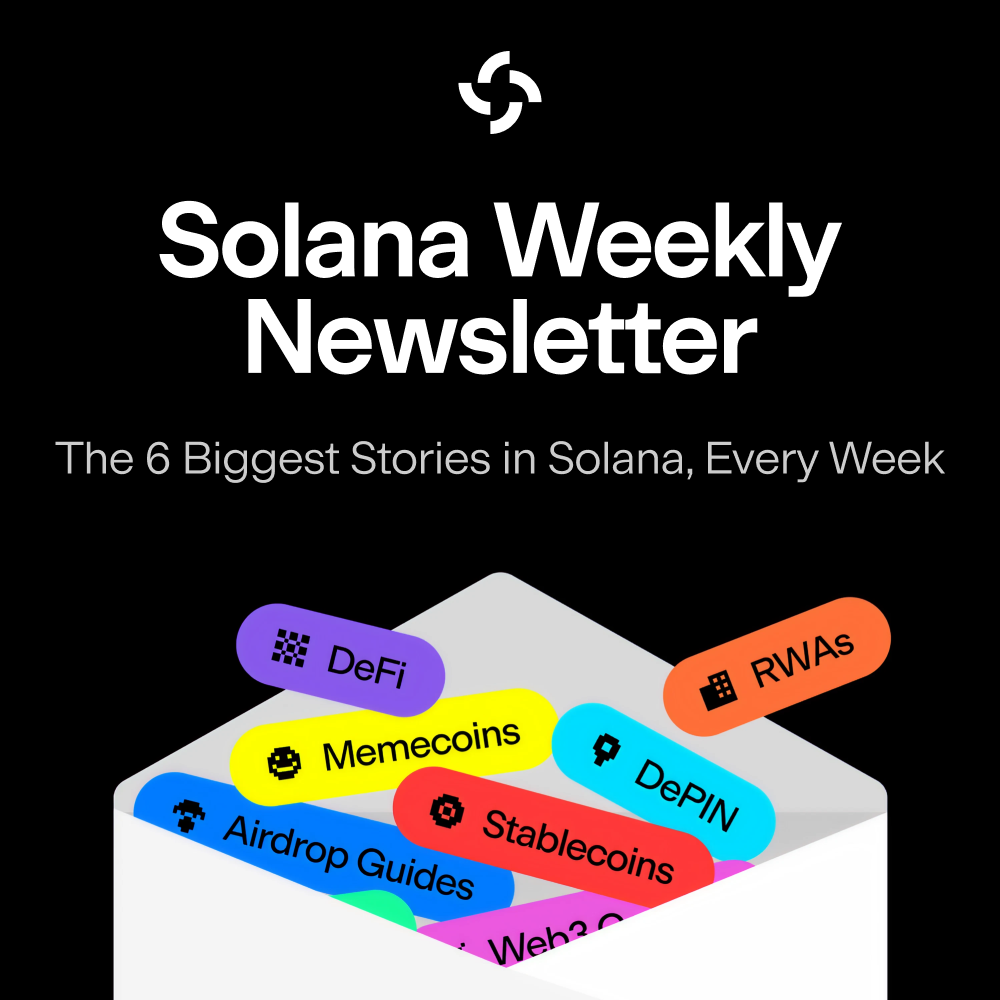
Marinade DAO Proposes to Buyback and Burn Up to 500m $MNDE, Redirects 100% of Protocol Fees to Community Treasury
Solana's first staking platform adopts a new tokenomics strategy to drive value back to its $MNDE token.
- Published:
- Edited:
Marinade Finance has approved a landmark governance proposal, known as MIP-11, that directs 100% of protocol fees into the DAO treasury. This decision removes the team allocation entirely and positions the treasury as the sole recipient of future revenue. The proposal also includes a significant tokenomics shift, with plans to use half of all protocol fees for open-market buybacks of the $MNDE token.
The buyback program, expected to amount to roughly $5 million annually, will operate under a recurring, rules-based framework. The DAO will execute the purchases every month and hold the acquired tokens in its treasury. The process will be transparent, with all transactions tracked publicly. MIP-13, which finalizes the buyback mechanism, will soon go live on Realms.
The SolanaFloor Data Insights team had previously assessed the potential impacts of the buyback plan in detail. They examined how MIP-11 would redirect a share of Stake Auction Marketplace (SAM) performance fees toward $MNDE buybacks, using historical fee data to estimate the potential scope of this redirection. According to their analysis, Marinade’s revenue streams from $SOL inflation, MEV, and SAM fees have been robust, with recent daily averages around $380,000 and peaks above $411,000. Applying the proposed 50% revenue allocation to buybacks, they calculated that the program could remove more than 49 million $MNDE from circulation annually, translating to an effective 4.9% annual deflation rate. The report concluded that Marinade’s approach could reinforce scarcity, bolster utility for holders, and strengthen price resilience during market volatility.
Alongside the fee redirection, Marinade will launch the Active Staking Rewards (ASR) program in 2025. This initiative will distribute 25 million $MNDE to governance voters, encouraging greater participation in decision-making and incentivizing long-term token holding.
Potential Deflationary Measures
Another pending proposal, MIP-14, aims to burn between 20% to 50% of the total $MNDE supply. With a fixed supply of 1 billion tokens, this move could remove between 200 million to 500 million tokens from circulation. If approved, the burn would reduce the total supply to between 500 million and 700 million tokens, creating immediate deflationary pressure.
Historical precedents suggest that such supply reductions can drive significant price appreciation. For example, OKX’s $OKB token surged by 193% to a new all-time high after the exchange announced on Wednesday that it was going to burn over 65 million $OKB, reducing the token’s supply by 75%. $MNDE could be gearing up for a similar scarcity-and-demand cycle if its proposed burn and buyback measures are executed as planned.
Power to the DAOs?
Marinade’s approach reflects a broader trend among leading Solana-based decentralized organizations. Jito DAO recently committed 100% of its Block Engine and BAM fees to its treasury to reinforce $JTO’s long-term token value. Similarly, Orca DAO proposed staking $SOL into the Orca validator and initiating a 24-month buyback program for its $ORCA token.
These strategies signal a shift toward using protocol revenue and treasury assets more actively to reinforce token scarcity, value accrual, and community governance power.
What Has Marinade Been Up To?
In recent months, Marinade has achieved several milestones. The protocol recently surpassed $10 million in cumulative revenue on July 28. Not long ago, on August 7, institutional crypto custodian BitGo partnered with Marinade, one of Solana’s largest non-custodial staking protocols, to allow clients to migrate $SOL to Marinade Native and earn up to an extra 4% APY in $MNDE rewards if staked for three months.
Back in May, the protocol became the exclusive staking provider for Canary Capital’s Solana Staking ETF, a product designed to meet institutional compliance and infrastructure requirements. Although the SEC delayed its decision on several Solana ETF applications, including the Canary Marinade Solana ETF proposal, yesterday, August 14, if these applications are ultimately approved, institutional exposure to Solana through ETFs could significantly increase staking demand and boost DAO revenue.
By routing all protocol fees to the DAO treasury and implementing a structured buyback plan, Marinade is strengthening the direct link between platform success and tokenholder value. If combined with the proposed large-scale burn, these changes could create both immediate and sustained deflationary effects.
With its status as Solana’s original staking platform and a track record of adapting to market and community needs, Marinade’s latest tokenomics overhaul positions the protocol to capture more value for $MNDE holders while fostering deeper governance engagement. According to CoinGecko data, $MNDE is currently trading at $0.01174 with a market cap of $51 million and a fully diluted valuation (FDV) of $117 million. If the 50% burn proposal passes, this would bring the FDV much closer to the current market cap at around $58.5 million, illustrating the potential impact of a reduced supply on valuation.
Read More on SolanaFloor
Huma, Arf, Geoswift, and PolyFlow Introduce Same-Day Settlement for Marketplace Sellers
Understanding Solana Seeker’s Seed Vault Wallet
Do You Think Solana Has a Perception Problem?



